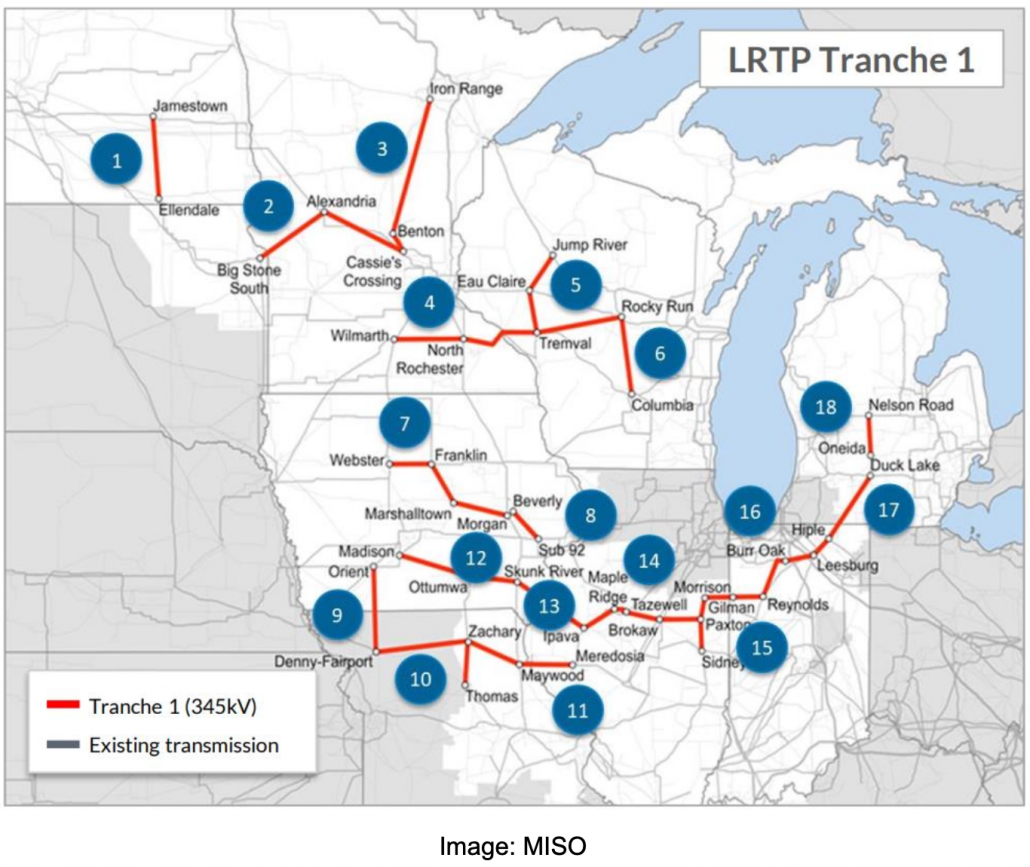Additionally, there are incentives to produce more than 40 critical materials, including aluminum, cobalt, lithium, nickel, manganese, zinc, and others used in the manufacture of solar panels, wind turbines, and batteries. While the Section 45 production incentives phase down starting in 2030, the incentives for critical materials do not.
The IRA also funds the Section 48C Advanced Energy Project Credit with $10 billion. This credit allows manufacturers to claim a 30% credit for building clean energy factories and was first introduced under the Obama Administration but quickly ran out of funding. The IRA further expands this credit to recycling facilities, but like the deployment incentives the full 30% is only available if the workers who build the factory are paid prevailing wage and apprentices are utilized. CEA’s analysis shows that when measured against a benchmark for manufacturing in Southeast Asia the 45X production incentives more than offset the higher cost of U.S. manufacturing at the wafer, cell, and module levels.
In addition to the above, the IRA includes incentives for induction stoves, heat pumps, electrical upgrades, and insulation.
Market impacts
CEA’s assessment is that the sum of the deployment measures will provide additional demand in the U.S. solar, wind, and energy storage markets, but that this will not in all cases necessarily translate to equivalent deployment. We see a bigger push for domestic manufacturing, and we expect construction of new wafer, cell, and module factories in the United States. Ingot facilities may or may not be co-located with the wafer slicing, as the incentive applies only to the wafering.
Several solar manufacturers announced plans to build U.S. factories in 2021, pending the passage of the Build Back Better Bill. Given that the manufacturing incentives in IRA are similar, some of these and other new projects may move forward. Local government filings show that Hanwha is looking for locations for a 9-gigawatt integrated ingot, wafer, cell, and module plant in the United States. This may be one of the first factories to claim these incentives.
Per CEA’s estimated timelines, even if construction were to begin at the end of 2022, the first IRA-supported solar module factories would not be fully ramped until mid-2024, and the first solar cell factories at the end of 2024. Ingot and wafer factories will not be ramped until mid-2026.
And while the IRA’s deployment incentives are generous, for solar deployment a larger concern is supply, particularly until more U.S. factories come online. Roth Capital has recently suggested that as many as 3 gigawatts of solar modules may currently be detained under the Uyghur Forced Labor Prevention Act (UFLPA), and that 9 – 12 gigawatts of shipments may not arrive in 2022. If suppliers and importers are unable to navigate Customs and Border Protections requirements under the UFLPA, the U.S. market could be severely supply constrained until this issue is resolved and/or substantial new manufacturing comes online, blunting the benefit of deployment incentives.
Source: Text: H.R. 5736, Inflation Reduction Act of 2022 (U.S. Congress)

